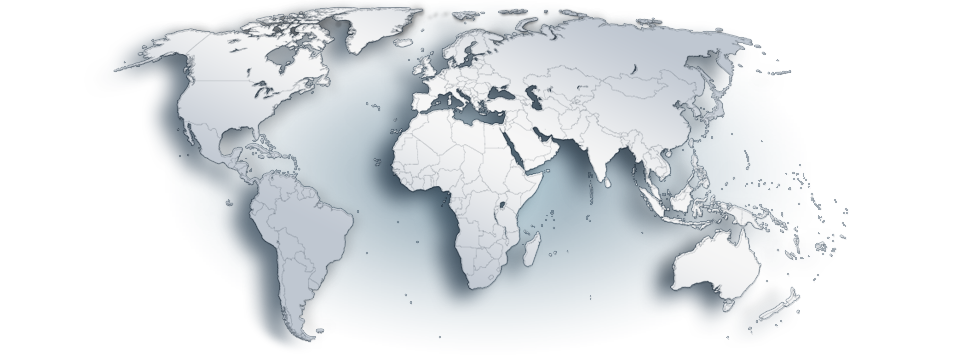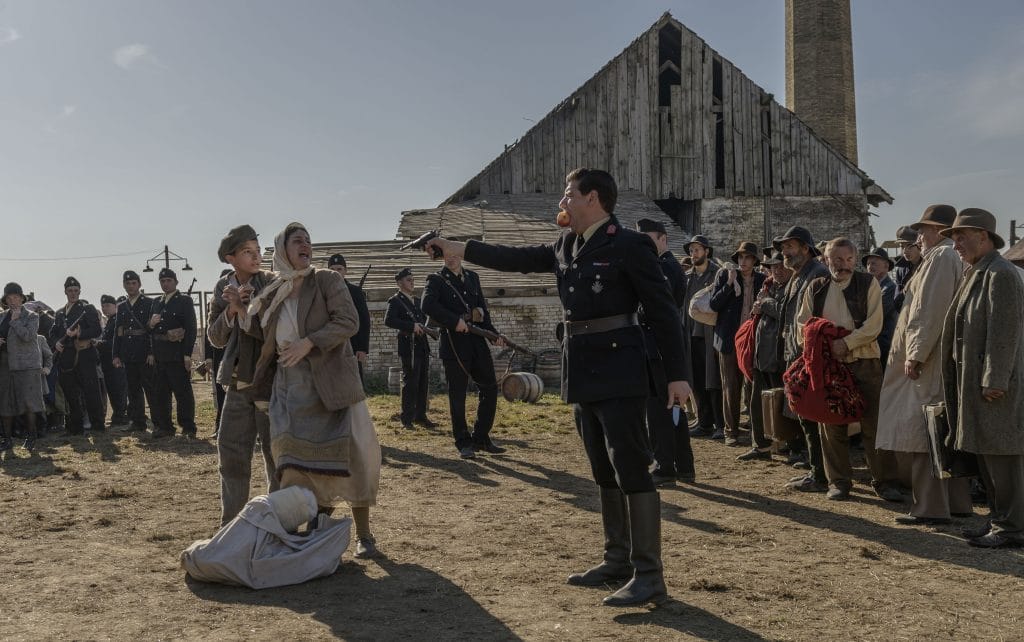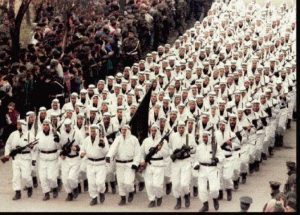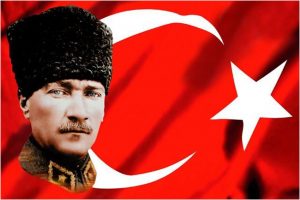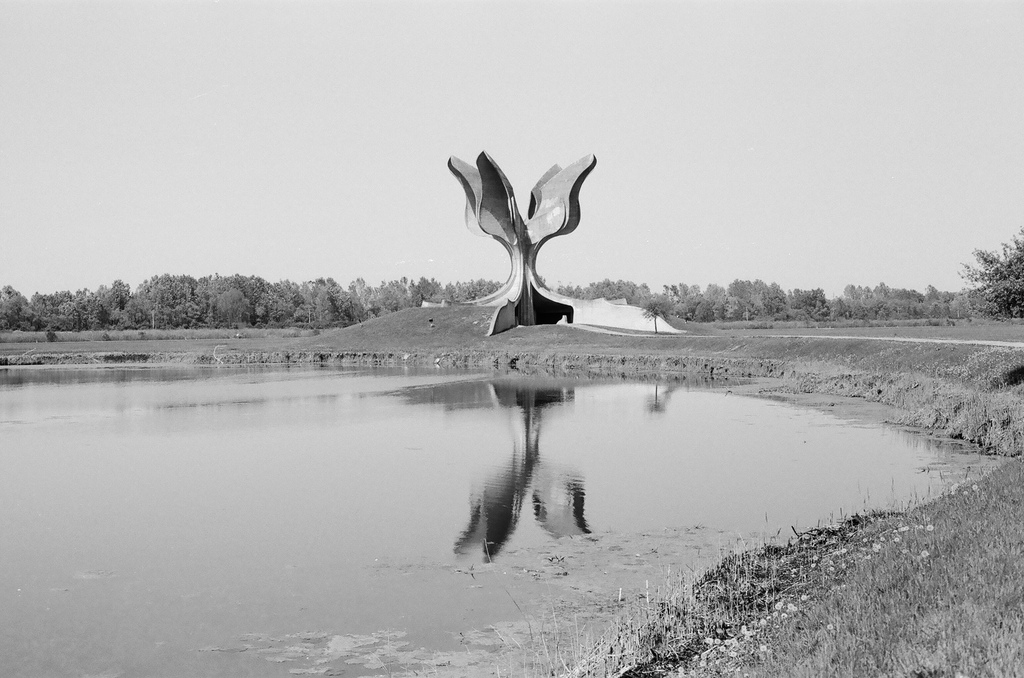
Views: 1170
Only a few recent Holocaust movies have provoked so many vituperative reviews or elicited so many strong opinions for reasons almost entirely divorced from the film itself.
Even before Predrag Antonijevic’s new film ‘Dara of Jasenovac’, about the Ustasa-run World War II concentration camp complex at Jasenovac in Croatia has been released in its native country – Serbia – it found itself at the centre of a welter of criticism, accused of a laundry list of transgressions by American and British film critics.
In August 1941, the Croatian WWII fascist Ustasa movement established the Jasenovac camp system, where over 83,000 Serbs, Roma, Jews and anti-fascists were killed as result of racial and other discriminative laws.
Reviewers have dismissed the film as crude Serbian nationalist propaganda, anti-Croat and anti-Catholic score settling and historical revisionism. One critic has gone so far as to assert that the film should not have been made at all.
The film’s depictions of camp violence – and allegedly incest – have generated particular scorn.
‘Dara of Jasenovac’ aims to convey everyday life in a concentration camp from the point of view of a ten-year-old girl, Dara Ilic, arrested along with her older brother, mother and two-year old brother Budo during the rounding-up of Serb civilians in the Kozara region by Ustasa militias and the German army.
Her father has already been incarcerated in Jasenovac by the Ustasa and is working as a gravedigger at the Gradina execution site, knowing that one day he will dig his own grave. Soon before arriving at the women’s and children’s section of the camp complex, Stara Gradiska, Dara’s mother and older brother are shot dead.
Thereafter, the story focuses on Dara’s determination to keep the promise she made to her mother: to never allow herself to be separated from her baby brother even as he becomes increasingly weak and a succession of surrogate mother figures in the camp are killed or transferred to Germany for forced labour.
Despite the assertions made by numerous critics, there is little evidence of a nationalist agenda in this film.
On the contrary, in the very first scene, a young Croat peasant woman rescues a baby from the column of prisoners making their journey to the concentration camp, bitterly condemning the inhumanity of the Ustasa towards Serb women and children. As such, from the outset the film explicitly separates ordinary Croat citizens from the regime.
Nor does the film ignore the suffering of Jews or Roma in the camp. The trumpet orchestra which accompanies a banquet for camp staff is a Roma one and obviously Roma women are present among the camp’s inmates, while two of the most important supporting characters in the film are Jewish.
It is true that the film focuses on the experiences of Serb women and children in the camp, but then the majority of those incarcerated in Jasenovac-Stara Gradiska were ethnic Serbs. This, in turn, reflects the fact that the Ustasa movement saw the annihilation of the Serbs as people as its overriding nation-building objective, without which a Croatian state was unviable, it believed.
A more reasonable criticism is that the film displays an anti-Catholic bias, an assertion presumably based on the supporting role played by a callous nun at the camp.
Sections of the Catholic Church in Croatia played a shameful role in the persecution of the Serbs: aside from the notorious Brother Miroslav Filipovic-Majstorovic, who features as a supporting character in the film, numerous priests, monks and seminary students served as concentration camp guards.
However, while some nuns earned an unenviable reputation for their cruelty towards Serb children, most notably in the children’s camp of Jastrebarsko, no nuns were stationed at Jasenovac or Stara Gradiska.

Confrontation with horror
What the film’s producers seem to have done is to take real events from various camps and roll them all into the experience of Dara and her brother.
The portrait of Croat Archbishop Alozije Stepinac on the wall of the classroom where the nun indoctrinates the children with Ustasa ideology, hanging besides one of Ante Pavelic, the supreme leader of the state, is jarring.
No matter how morally slippery Stepinac was and how undeserving of sainthood, Stepinac was deeply unpopular with and fundamentally untrusted by the Ustasa regime. It is therefore unlikely his image would have been displayed next to that of Pavelic.
Whether this is evidence of anti-Catholicism is another matter entirely.
It is worth bearing in mind that ‘Dara’ is a feature film, not a documentary; conflating events and characters for dramatic purposes is a standard part of film convention. Still, it is the kind of error that should have been avoided.
Similar observations apply to the costume design.
It is clear that the costume designer Ivanka Krstovic has carefully studied the photographs of the camps inmates. However, the costumes for the female Ustasa guards – like the historical figure of guard Nada Tanic-Luburic – are less successful.
Some of the strongest criticism has been reserved for the banquet scene during which prisoners are forced to play musical chairs, with the losers being garrotted. On the surface, this scene bookended by the lovemaking of Tanic-Luburic and her colleague, later husband, and commander of Jasenovac, Dinko Sakic – not, as one review asserted, her step-brother – seems gratuitous.
However, these scenes make a bit more sense when you understand what Antonijevic is trying to achieve.
He wants to confront us head on with the horror of Jasenovac: in so doing, he makes us complicit voyeurs in his conceit and won’t let us look away. The macabre banquet, featuring a scene in which a young German officer vomits as his superior quips “Welcome to the Balkans!” is pure Bunuelesque theatre.
While incidents such as these depicted in the banquet scene did take place at Jasenovac, whether the head of the Ustasa’s concentration camp system, Vjekoslav ‘Maks’ Luburic, was present is more doubtful.
Likewise, although German officials regularly expressed their disgust at the sanguinary nature of Ustasa crimes and from time to time visited the regime’s concentration camps, there’s no evidence they were present when such atrocities were being committed. The black humour sits uneasily with the harrowing story at the centre of the film, but it also provides a context for what comes later.
The committed performances of the actors are what ultimately keeps the film on course. While actor Marko Janketic is far better looking than Luburic was in real life, he captures with uncanny accuracy the latter’s sociopathic, terrifying belligerence. Meanwhile, Jelena Grujicic as a Jewish nurse who befriends Dara provides a courageous moral core to the film.
In contrast to the sometimes-cartoonish portrayal of camp staff, the film movingly explores the tawdry and complex moral compromises that concentration camp inmates, in the waiting room of death, are forced to make, with the camera capturing in close up their pained, wonderfully expressive faces.
Above all, it is the quiet, dignified performance of Biljana Cekic as Dara, determined to save her baby brother but desperate not to be separated from him, even at the price of saving him, that carries the film along. By the final suspenseful reel, we are emotionally swept up in her fate; until the last moment it is genuinely unclear how her story will resolve itself.
Perhaps the merits and flaws of this film matter less than what it represents. For all its faults, ‘Dara of Jasenovac’ is a significant breakthrough, providing a reference point for regional directors who want to make serious, victim-centred, commercial films about wartime Yugoslavia.
In the four short, cataclysmic years of its existence, the Ustasa-run Independent State of Croatia had an outsized impact on the lives of millions of ordinary people, not to mention the generations that followed. The archives contain so many stories about the experiences of individuals in those years of terror – Serbs, Jews and Roma as well as Croats and Bosniaks – that are just waiting to be told.
If it encourages other film makers to tell some of these stories, then ‘Dara of Jasenovac’ will surely be remembered for far more than a handful of scathing reviews.

Originally published on 2021-02-16
Author: Rory Yeomans
Source: Balkan Insight
Origins of images: Facebook, Twitter, Wikimedia, Wikipedia, Flickr, Google, Imageinjection, Public Domain & Pinterest.
Read our Disclaimer/Legal Statement!
Donate to Support Us
We would like to ask you to consider a small donation to help our team keep working. We accept no advertising and rely only on you, our readers, to keep us digging the truth on history, global politics, and international relations.

